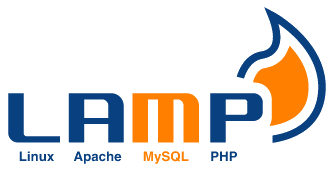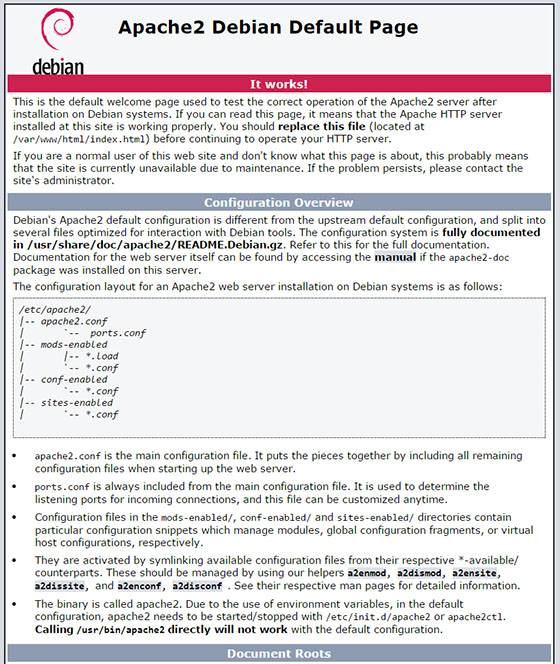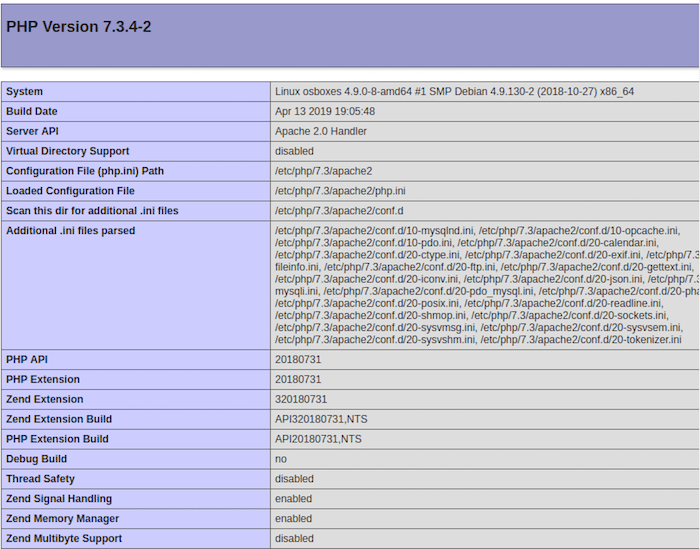
In this tutorial, we will show you how to install the LAMP Stack on Debian 10. For those of you who didn’t know, LAMP (a server stack) represents a full-featured stack containing the most popular web server known as Apache, the most popular database server MySQL and the most popular open-source web programming language known as PHP. All components are free and open-source software, and the combination is suitable for building dynamic web pages.
This article assumes you have at least basic knowledge of Linux, know how to use the shell, and most importantly, you host your site on your own VPS. The installation is quite simple and assumes you are running in the root account, if not you may need to add ‘sudo‘ to the commands to get root privileges. I will show you the step-by-step installation of LAMP Stack on a Debian 10 (Buster) server.
Prerequisites
- A server running one of the following operating systems: Debian 10 (Buster).
- It’s recommended that you use a fresh OS install to prevent any potential issues.
- SSH access to the server (or just open Terminal if you’re on a desktop).
- A
non-root sudo useror access to theroot user. We recommend acting as anon-root sudo user, however, as you can harm your system if you’re not careful when acting as the root.
Install LAMP Stack on Debian 10 Buster
Step 1. Before we install any software, it’s important to make sure your system is up to date by running the following apt commands in the terminal:
apt update apt upgrade
Step 2. Installing Apache on Debian 10.
We will be installing Apache with apt-get, which is the default package manager for Debian:
apt install apache2
After installing Apache services on your system, start all required services:
systemctl enable apache2 systemctl start apache2 systemctl status apache2
Allow Apache HTTP server via the firewall:
ufw status ufw allow 80/tcp ufw allow 443/tcp ufw reload ufw enable
Now you need to test if Apache is properly installed and can serve web pages. Open a web browser and use the following URL to access the Apache Debian Default Page:
http://Your_SERVER_IP/ OR http://localhost/

Step 3. Installing MariaDB on Debian 10.
Now that we have our web server up and running, it is time to install MariaDB. MariaDB is a database management system. Basically, it will organize and provide access to databases where our site can store information:
apt install mariadb-server
Once complete, you can verify MariaDB is installed by running the below command:
systemctl start mariadb systemctl status mariadb
By default, MariaDB is not hardened. You can secure MariaDB using the mysql_secure_installation script. you should read and below each step carefully which will set a root password, remove anonymous users, disallow remote root login, and remove the test database and access to secure MariaDB:
mysql_secure_installation
Configure it like this:
- Set root password? [Y/n] y - Remove anonymous users? [Y/n] y - Disallow root login remotely? [Y/n] y - Remove test database and access to it? [Y/n] y - Reload privilege tables now? [Y/n] y
To log into MariaDB, use the following command (note that it’s the same command you would use to log into a MySQL database):
mysql -u root -p
Step 4. Installing PHP 7.3 on Debian 10.
By default Apache server supports the .html only not PHP, for that you need to install PHP and the PHP extension package for the MariaDB server. Here, we will install PHP 7 on Debian 10.
apt install php libapache2-mod-php php-mysql
Your server should restart Apache automatically after the installation of both MariaDB and PHP. If it doesn’t, execute this command:
systemctl restart apache2 systemctl restart mariadb
To test PHP, create a test file named info.php with the content below. Save the file, then browse to it to see if PHP is working:
nano /var/www/html/info.php
<?php phpinfo(); ?>
Now open a browser and type the following address to see whether your web server can show content created by this PHP script:
http://SERVER_IP/info.php OR http://localhost/info.php

Congratulations! You have successfully installed the LAMP server. Thanks for using this tutorial for installing LAMP (Linux Apache, MySQL, and PHP) in Debian 10 (Buster) system. For additional help or useful information, we recommend you to check the official Apache, MySQL, and PHP website.